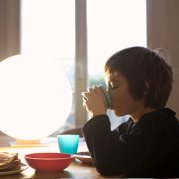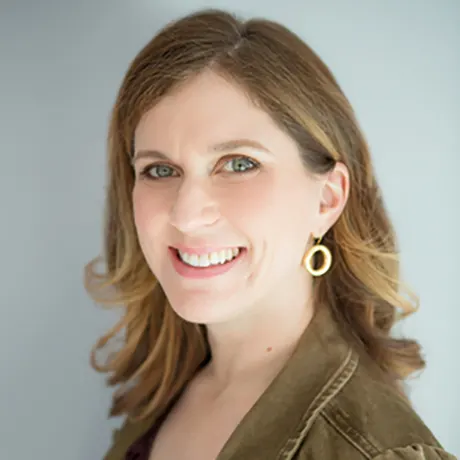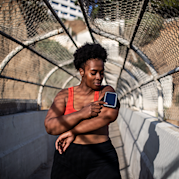ADHD and seasonal affective disorder
Carousel of quick tips
- Quick tip 1Use light therapy.
 Use light therapy.
Use light therapy.Get a special light-therapy lamp that mimics the sun. (Look for lamps that are UV-free so they don’t cause sunburn.) Thirty minutes of light therapy each morning may help lift your mood.
Winter is an important time for kids and adults with ADHD to focus on their mental health. That’s because people with ADHD are more likely than people without ADHD to have seasonal affective disorder (SAD). This type of depression gets triggered by a change in the seasons.
As the days get shorter, people are exposed to less sunlight. Many people start to feel tired and moody in the fall. These feelings tend to last through the winter. That’s why SAD is often called seasonal depression or winter depression.
Shorter days can affect sleep cycles. Many people with ADHD have trouble with sleep year-round. But seasonal changes can make their sleep problems even worse.
Sleep affects our brain chemistry. Trouble falling asleep or staying asleep makes it harder to focus the next day. When we don’t get enough sleep, we have less energy and feel more depressed.
But the good news is that there are many ways to help. Keep reading to learn why ADHD and seasonal depression are linked — and how better sleep can help manage “the winter blues.”







